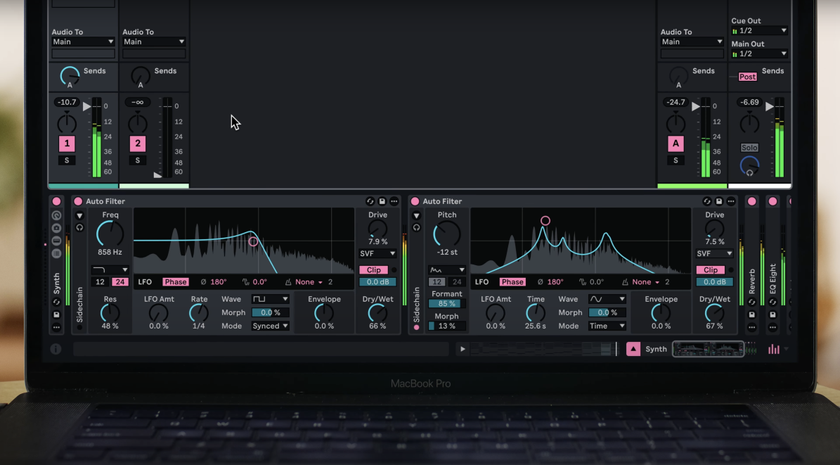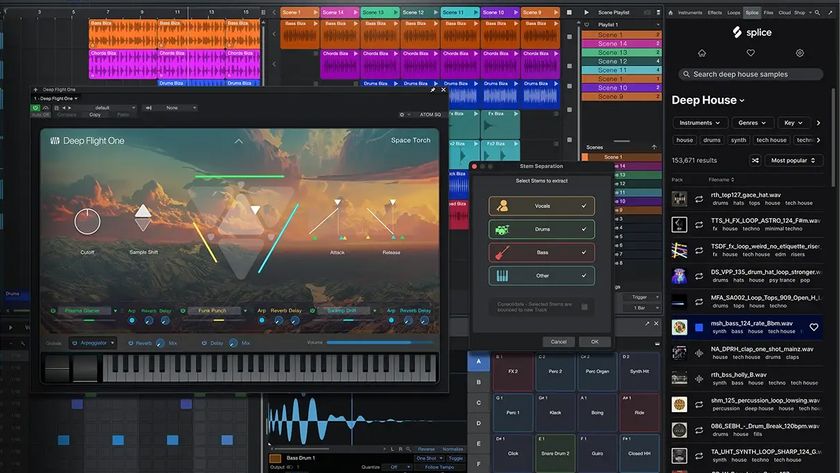NAMM 2019: Waves’ CLA MixHub plugin could change the way you mix in your DAW
“Mixing in buckets means the world to me,” says co-creator Chris Lord-Alge
NAMM 2019: You might wonder why you’d need another channel strip plugin, but Waves thinks that it’s come up with something genuinely different with the CLA MixHub. This is because it enables you to mix up to 64 tracks from the same plugin window, so you can make changes in the context of your whole song.
MixHub was developed in collaboration with engineer Chris Lord-Alge, and models channel strips from his console. The workflow involves you creating ‘buckets’: each of these can contain up to eight channels, and you can use up to eight buckets. When working with the plugin, you can switch between the Bucket view, which lets you control up to eight channels at a time, and the Channel view, which focuses on a single channel’s processing chain.
Each channel in MixHub is divided into five sections. The Input stage lets you apply high- and low-pass filtering and switchable harmonic distortion; Dynamics includes two modes of compression along with a gate, expander and ducker and sidechain options; EQ gives you four bands of equalisation; Output covers metering and stereo imaging; and Insert Point lets you add an additional Waves plugin.
“Mixing in buckets means the world to me,” says Chris Lord-Alge. “It’s one of the secrets to my success and to my fast-paced, decisive mixing. By creating this plugin, I’m able to give others access to that same quick workflow in a plugin, pushing the envelope of in-the-box mixing to the next, CLA-approved level.”
CLA MixHub runs on PC and Mac in VST/AU/AAX formats, and is available now (you can also download a demo). The regular price is $199, but it’s currently on sale for $69. Find out more on the Waves website.
––––––––––––––––––––––––––
NAMM 2019 - all the news
The dust is settling, but our ears are still ringing. You'll find all the stories that counted in our massive news hub. Below, enjoy our editors' findings as we regrouped at the end of the show.
Get the MusicRadar Newsletter
Want all the hottest music and gear news, reviews, deals, features and more, direct to your inbox? Sign up here.

I’m the Deputy Editor of MusicRadar, having worked on the site since its launch in 2007. I previously spent eight years working on our sister magazine, Computer Music. I’ve been playing the piano, gigging in bands and failing to finish tracks at home for more than 30 years, 24 of which I’ve also spent writing about music and the ever-changing technology used to make it.











